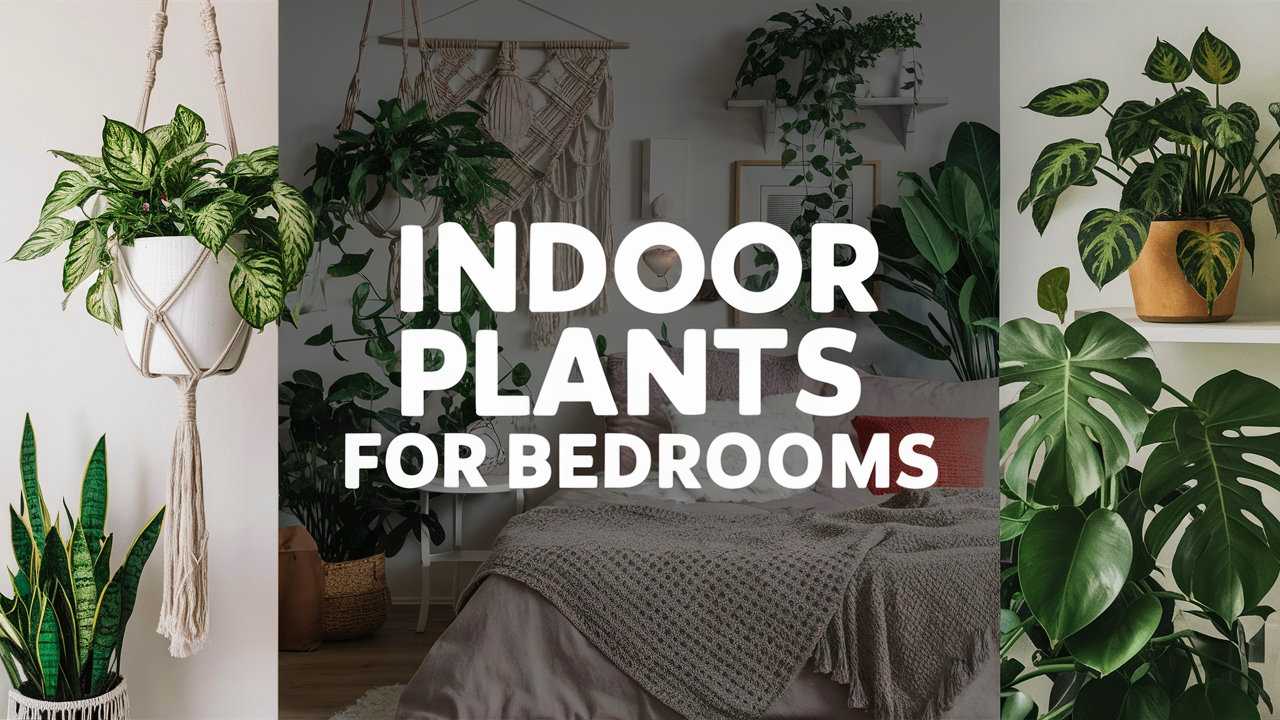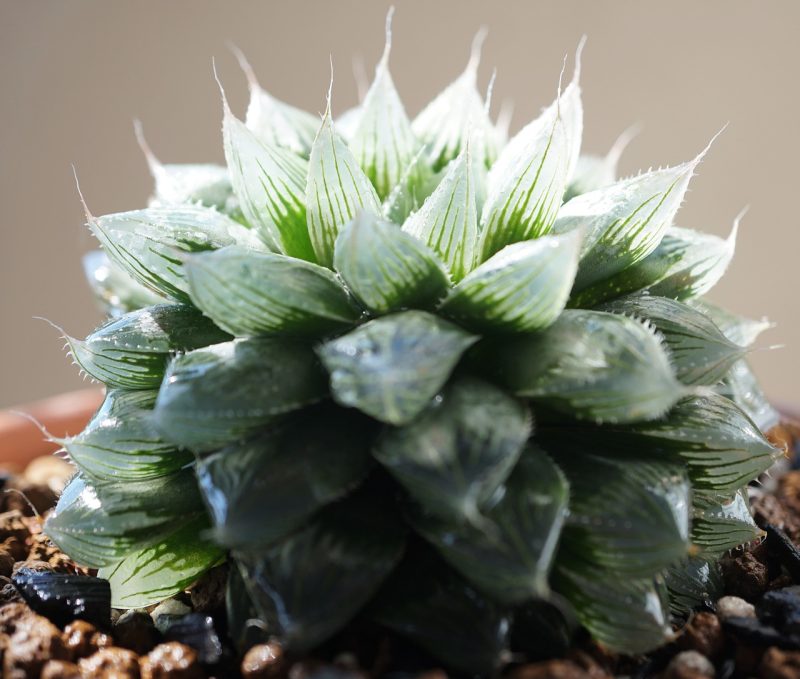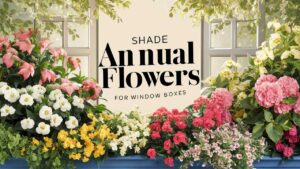Your bedroom: a sanctuary of rest, rejuvenation, and a surprisingly perfect environment for thriving indoor plants. The right plants can enhance your sleep quality and overall well-being, creating a calming and peaceful atmosphere. Choosing the best indoor plants can feel overwhelming, so this guide focuses on low-maintenance, air-purifying, and aesthetically pleasing options, perfect for transforming your sleeping space.
Snake Plant (Sansevieria trifasciata)

A champion of low light and infrequent watering, the snake plant is known for its air-purifying qualities. Its striking, upright leaves add a touch of modern elegance. These plants are incredibly tolerant of neglect, making them perfect for those new to indoor gardening. They require minimal watering, only when the soil is completely dry, usually every 2-4 weeks depending on your environment. They tolerate a wide range of temperatures, but prefer temperatures above 55°F (13°C).
ZZ Plant (Zamioculcas zamiifolia)
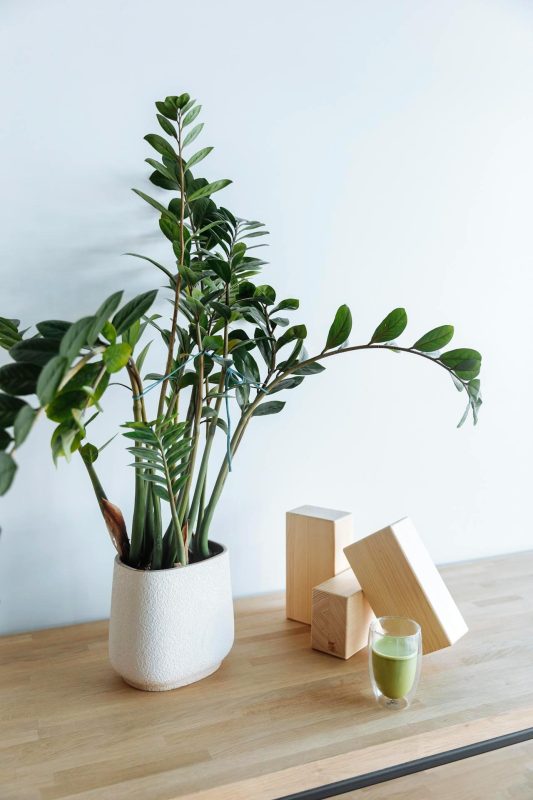
Extremely drought-tolerant, the ZZ plant can withstand even the most infrequent watering. Its dark, glossy leaves bring a sophisticated touch. These plants are incredibly low-maintenance and can tolerate very low light conditions, making them ideal for bedrooms with limited natural light. Overwatering is the biggest threat to ZZ plants; allow the soil to dry out completely between waterings.
Cast Iron Plant (Aspidistra elatior)
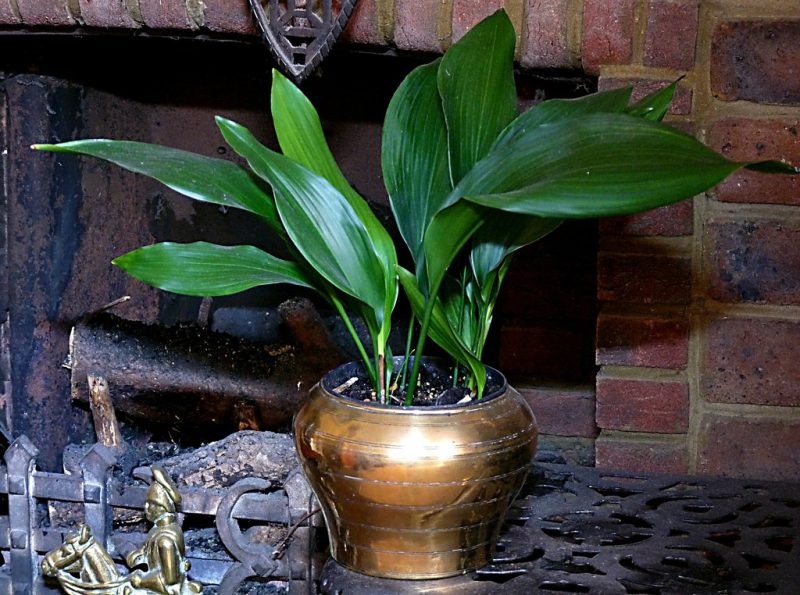
Living up to its name, the cast iron plant tolerates low light, infrequent watering, and temperature fluctuations. It’s perfect for beginners. This incredibly hardy plant can thrive in almost any condition, making it an excellent choice for even the most challenging bedroom environments. It tolerates low light, infrequent watering, and fluctuating temperatures. Simply water when the top inch of soil feels dry.
Peace Lily (Spathiphyllum wallisii)
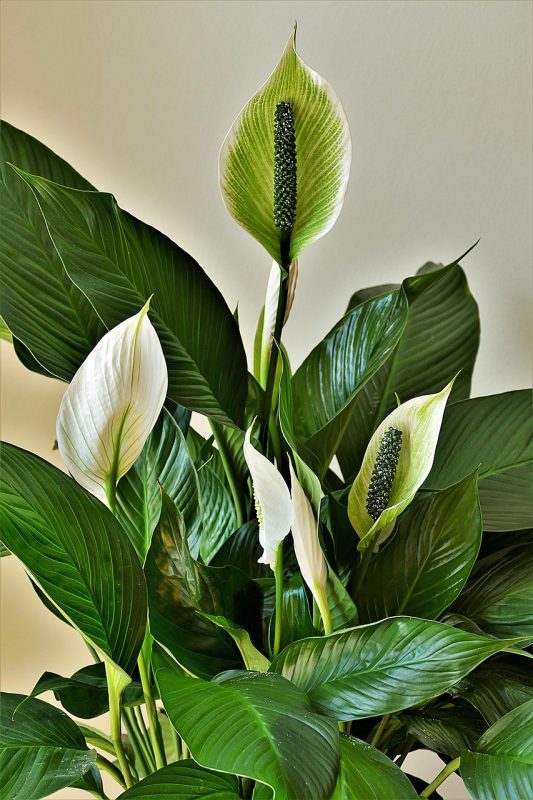
While preferring indirect light, the peace lily can tolerate lower light. Its elegant white flowers and lush foliage add serenity. It signals its need for water by drooping its leaves – a convenient indicator! Peace lilies prefer consistently moist soil, but not soggy. Allow the top inch of soil to dry slightly before watering again.
Pothos (Epipremnum aureum)
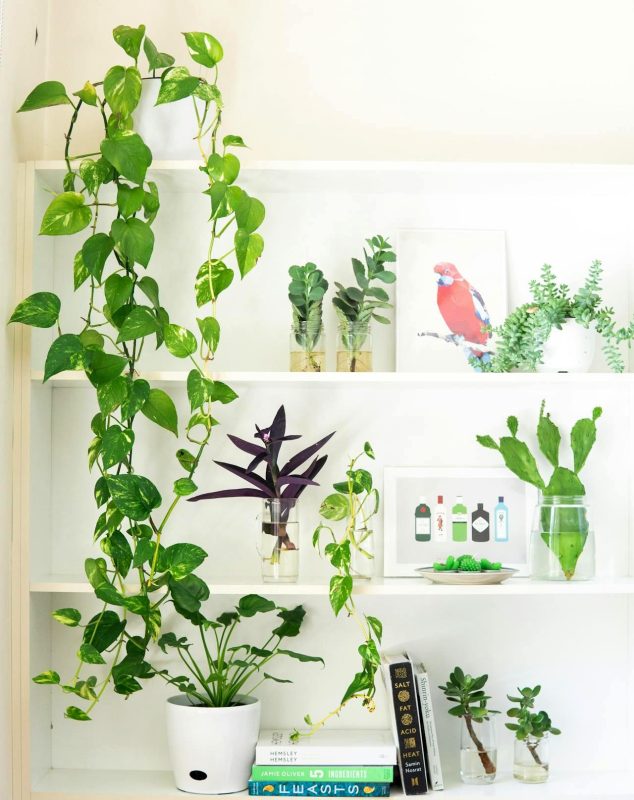
A versatile vine grown in hanging baskets or trained to climb, pothos thrives in low to medium light conditions and is easily propagated. Pothos are incredibly adaptable and forgiving, making them a popular choice for beginners. They prefer consistently moist soil but can tolerate some drying out between waterings. Regular misting can also help maintain humidity.
Spider Plant (Chlorophytum comosum)
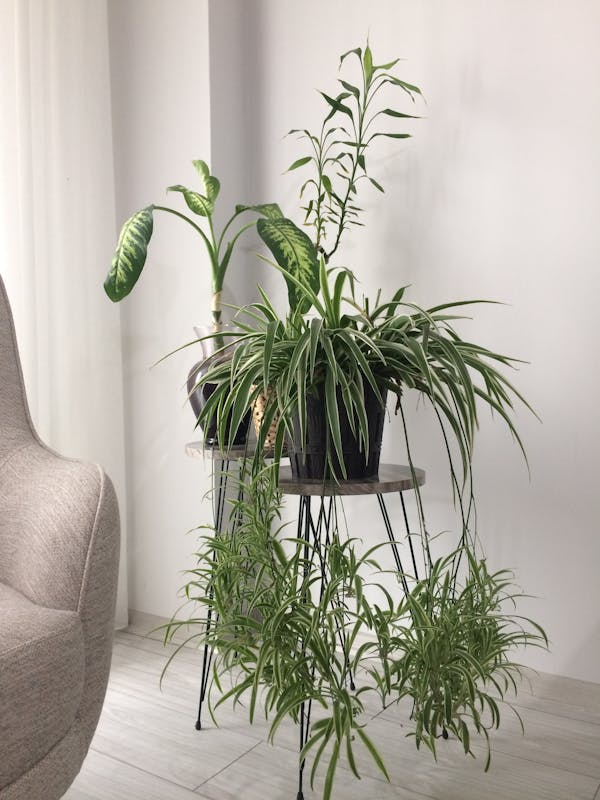
Known for air purification and ease of care, the spider plant produces “spiderettes” – baby plants – that dangle charmingly. Spider plants are relatively low-maintenance and tolerate a range of light conditions, although they prefer bright, indirect light. They prefer consistently moist soil but do not like to sit in water.
Chinese Evergreen (Aglaonema)
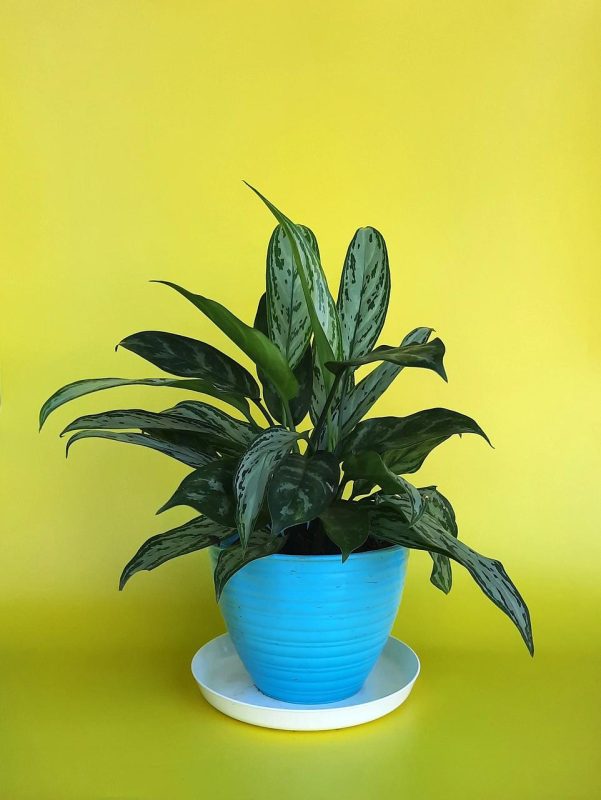
With striking foliage in various colors and patterns, the Chinese evergreen is beautiful. It tolerates low to medium light and infrequent watering. Chinese evergreens are relatively low-maintenance plants that prefer consistently moist soil but do not like to sit in water. They prefer warm temperatures and humidity.
Prayer Plant (Maranta leuconeura)
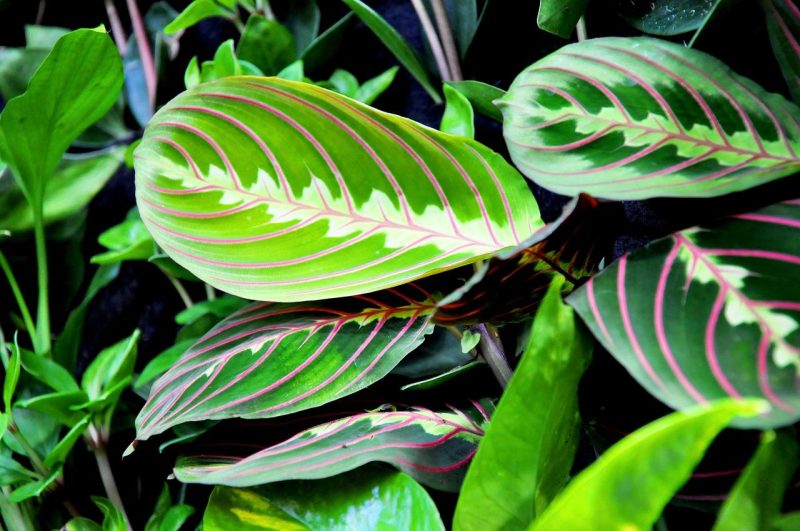
Famous for leaves that fold up at night, the prayer plant adds whimsy. It prefers medium to bright indirect light. Prayer plants are known for their beautiful foliage and their unique nighttime behavior. They prefer consistently moist soil but do not like to sit in water. They also appreciate high humidity.
Heartleaf Philodendron (Philodendron hederaceum)
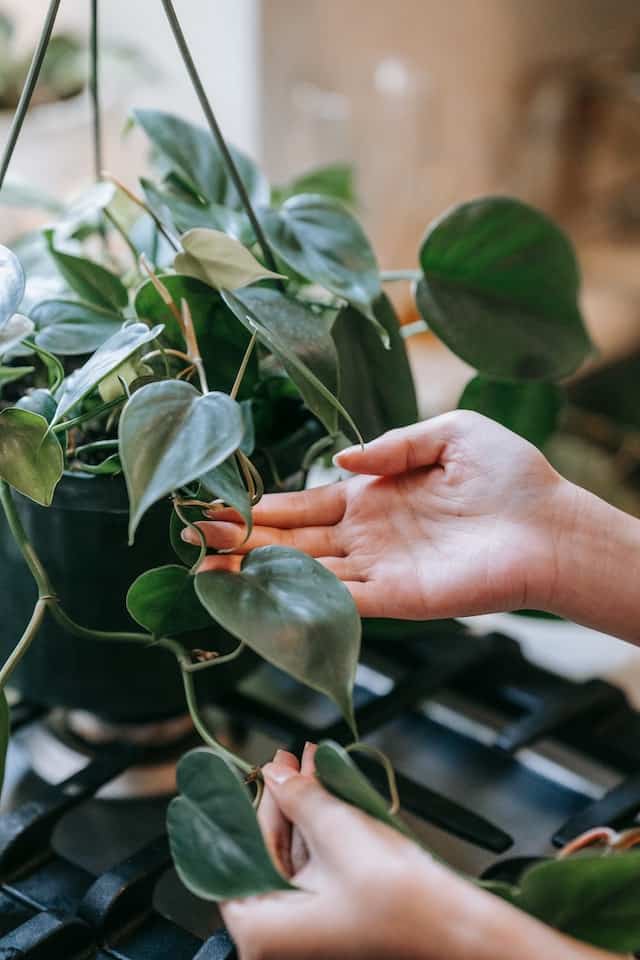
Another vining plant, the heartleaf philodendron is easy to grow. Its heart-shaped leaves add romance. Heartleaf philodendrons are adaptable and thrive in hanging baskets or climbing structures. They prefer consistently moist soil but do not like to sit in water. They also appreciate high humidity.
Aloe Vera (Aloe barbadensis miller)
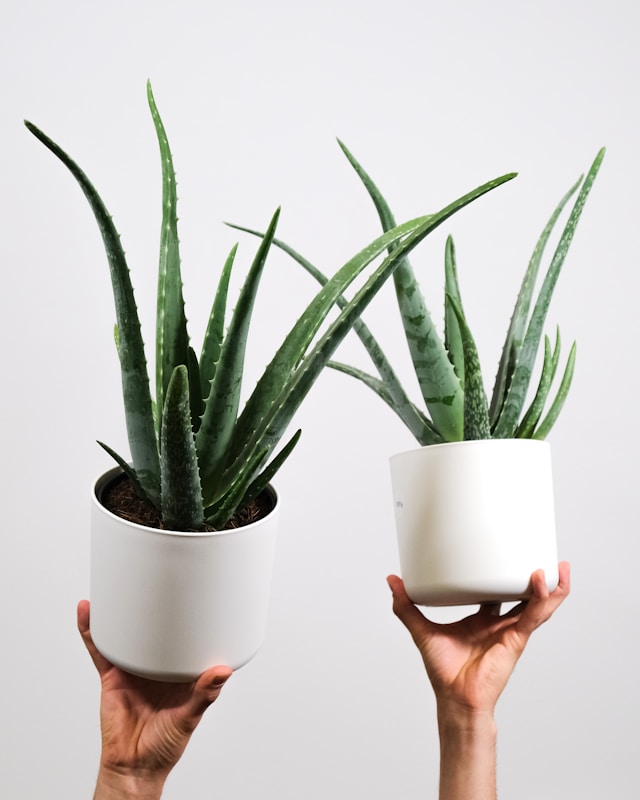
Known for its medicinal properties, aloe vera is a succulent that thrives in bright, indirect light. Its fleshy leaves provide soothing relief for minor burns and skin irritations. Aloe vera prefers well-drained soil and bright, indirect sunlight. Overwatering can lead to root rot, so allow the soil to dry out completely between waterings.
Haworthia (Haworthia spp.)
This succulent comes in various shapes and textures, adding a unique touch. It requires bright light but tolerates some drying out between waterings. Haworthias are low-maintenance succulents that prefer bright, indirect light. They are drought-tolerant and should only be watered when the soil is completely dry. Overwatering is a common problem for these plants.
English Ivy (Hedera helix)
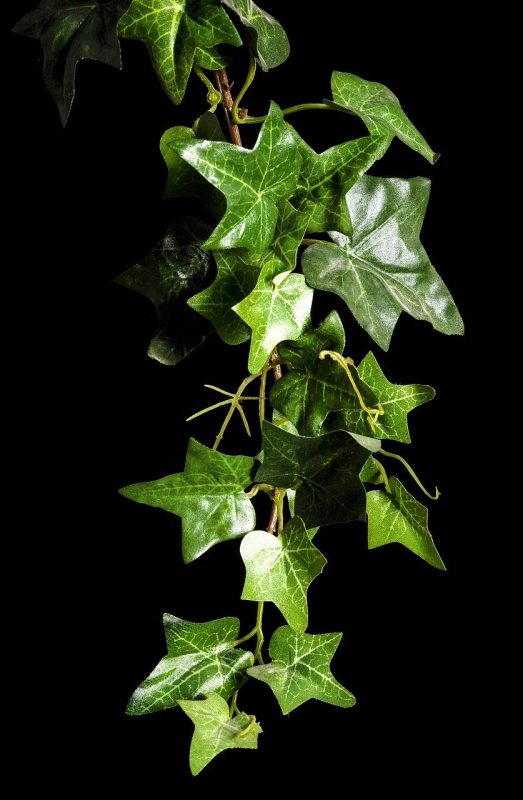
This vining plant is highly effective at removing mold and other airborne pollutants, making it a great choice for improving indoor air quality. English ivy prefers bright, indirect light and consistently moist soil, but not soggy. Regular misting can help maintain humidity. It can be grown in hanging baskets or trained to climb.
Rubber Plant (Ficus elastica)

A classic choice, the rubber plant is known for its large, glossy leaves and air-purifying properties. It prefers bright, indirect light. Rubber plants prefer consistently moist soil but do not like to sit in water. They also appreciate high humidity. Regular misting can help to improve air humidity.
Jasmine (Jasminum officinale)
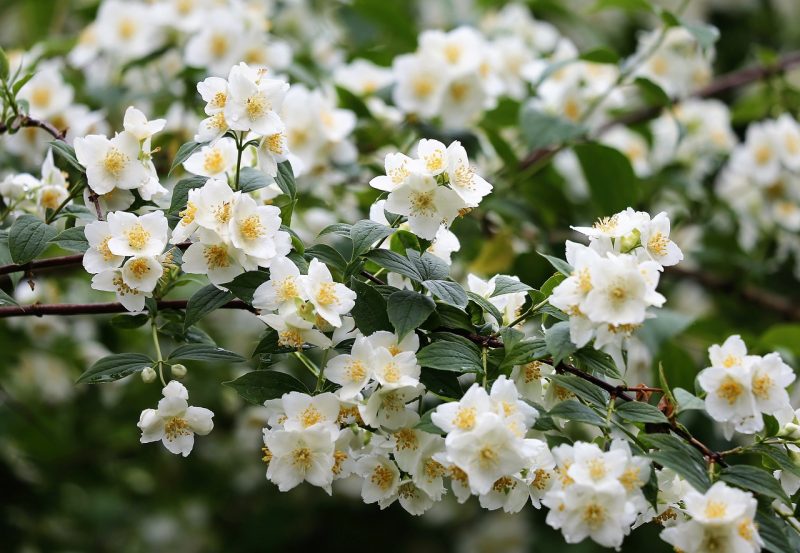
The delicate fragrance of jasmine is known for its calming and sleep-promoting effects. However, it requires bright light and regular watering. Jasmine is a flowering plant that requires bright, indirect light and regular watering. It’s important to provide adequate drainage to prevent root rot. Pruning after flowering can encourage bushier growth.
Lavender (Lavandula angustifolia)
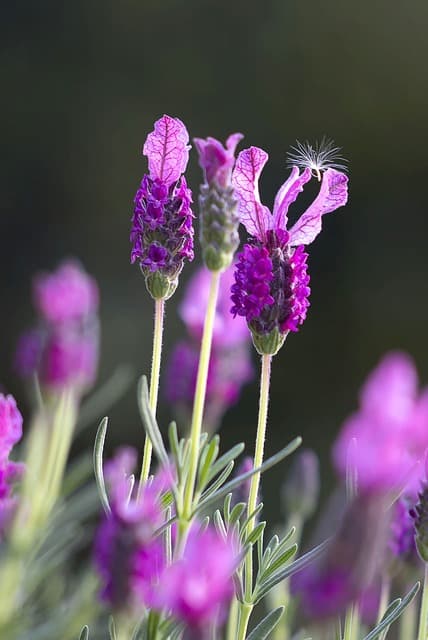
Lavender’s calming scent is widely known for its relaxing properties. It prefers well-drained soil and bright, indirect light. Lavender is a relatively low-maintenance plant that prefers well-drained soil and bright, indirect light. It’s important to avoid overwatering, which can lead to root rot.
Boston Fern (Nephrolepis exaltata)
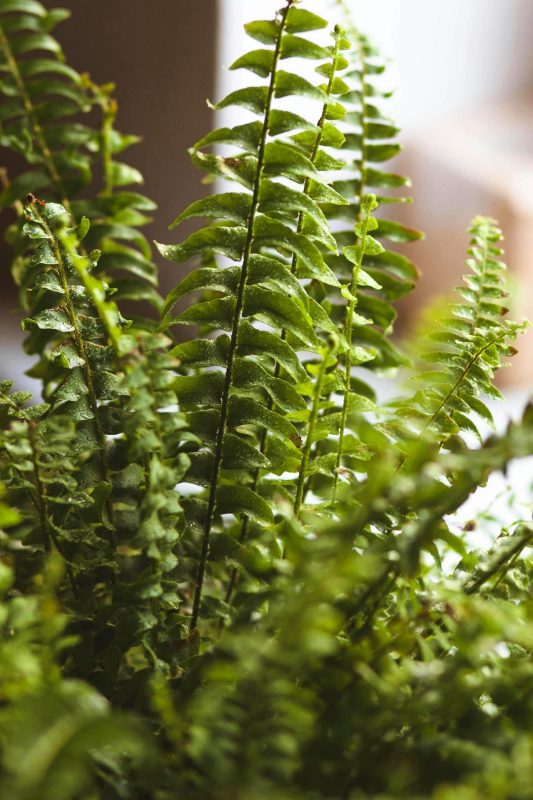
A classic choice for adding a touch of lush greenery, the Boston Fern thrives in bright, indirect light and consistently moist soil. It prefers high humidity, so regular misting is beneficial. Boston Ferns are relatively high-maintenance and require consistent watering and high humidity. They should be kept away from direct sunlight and drafts.
Considering Your Space and Lifestyle
Before selecting plants, consider your bedroom’s natural light. Some plants thrive in bright, indirect light, while others prefer lower light conditions. Consider your watering habits; low-maintenance plants are ideal for busy schedules. Finally, consider your bedroom’s size and style; a large plant might suit a spacious room, while smaller options are better for smaller spaces.
Creating Your Personal Bedroom Oasis
With a little planning and careful selection, you can transform your bedroom into a lush and tranquil oasis. Remember to choose plants that suit your personal style, lifestyle, and the lighting conditions in your bedroom. Don’t be afraid to experiment with different plant combinations and arrangements to create a unique and calming atmosphere. The benefits extend beyond aesthetics; improved air quality and a more peaceful environment can contribute to better sleep and overall well-being. Enjoy the journey of creating your perfect bedroom garden!
Beyond the Basics: Choosing the Right Pot and Soil
The right pot and soil are crucial for the health and well-being of your indoor plants. Choose pots with drainage holes to prevent root rot. Use a well-draining potting mix specifically formulated for indoor plants. Consider self-watering pots for added convenience, especially if you tend to forget to water your plants regularly.
Maintenance and Care: Keeping Your Plants Happy
Regular watering, appropriate lighting, and occasional fertilization are essential for keeping your bedroom plants thriving. However, avoid overwatering, as this can lead to root rot. Observe your plants carefully and adjust your care routine as needed. Regularly check for pests and diseases and take appropriate action if necessary. Pruning can also help to maintain the shape and size of your plants.
A Final Note on Safety:
While most of these plants are non-toxic, it’s always advisable to research the specific toxicity levels of any plant before introducing it into a space shared with pets or young children. If you have concerns, opt for plants explicitly labeled as pet-friendly or child-safe. Always keep plants out of reach of children and pets who might be tempted to nibble on them. Enjoy the beauty and benefits of your indoor plants responsibly.


